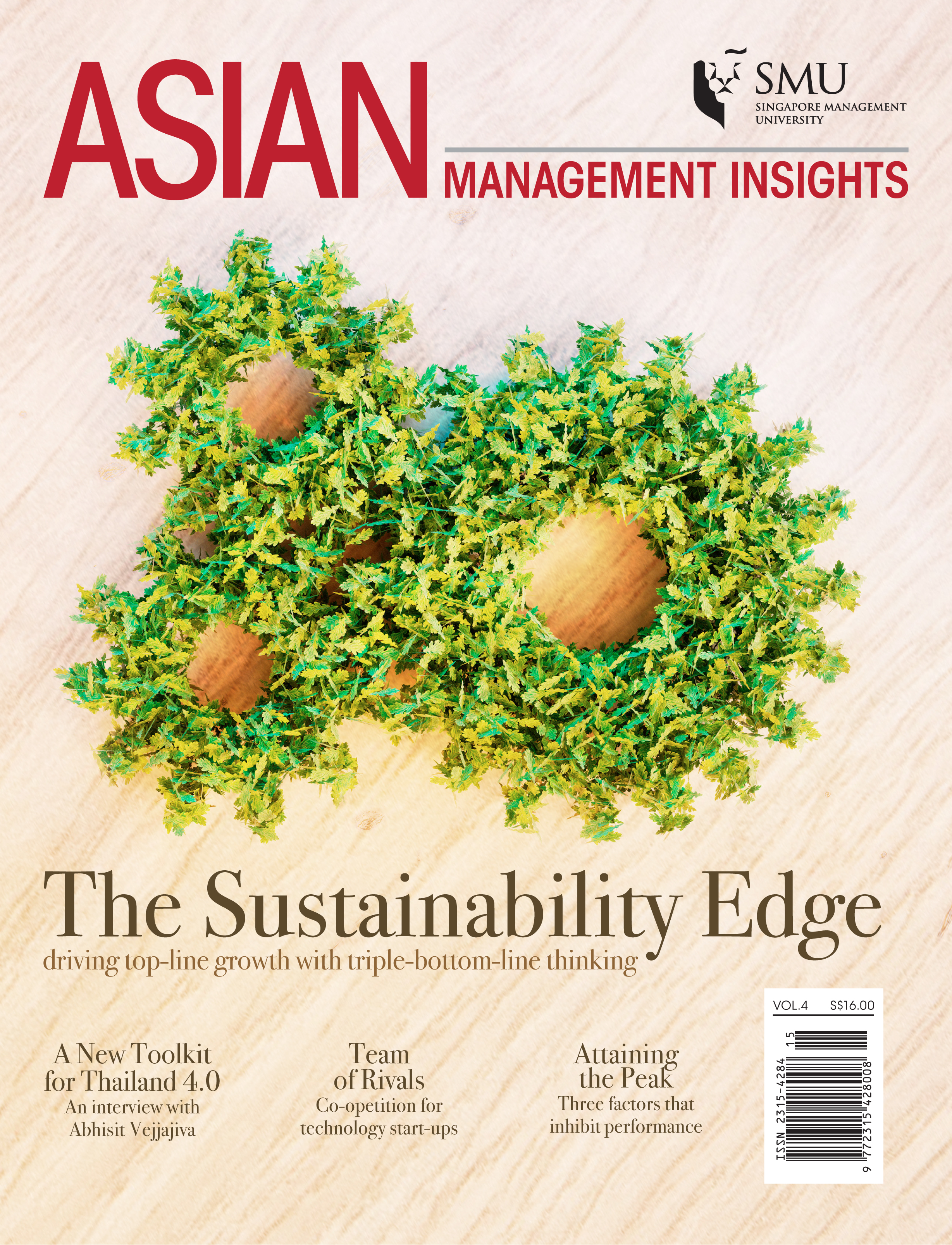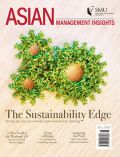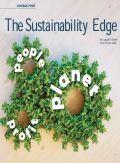
The Sustainability Edge
Once upon a time, liberty was the ‘desired end result’ of constant vigilance. But in our fluid era of disruption, even this noble sentiment has been upended. Harvard Business School’s Ben Esty, for example, has noted the only solution to the pace of innovation and the potential for disruption that now threatens virtually all companies, is constant vigilance; “to recognise the threats and a willingness to respond even if it is costly to do so”. It is now 30 years ago since the concept of disruptive innovation was introduced to the business world, and its tentacles have spread.
Featured Articles
-
More than half of humanity currently lives in urban areas, and the United Nations predicts that figure will reach 70 percent by 2050.
-
JUMBO Group shows how digital transformation and its seafood business can go together.

